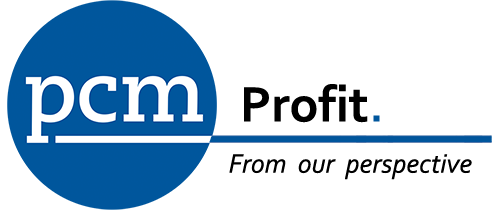Case Study: Real Estate Sector

Overview
For one leading real estate group, the combined impact of technology, competition and an increasingly educated market put significant pressure on agency margins. Whilst these challenges were industry wide, the group wanted to leverage knowledge from within, to adapt and prosper in a disruptive environment.
PCM were engaged to work collaboratively with agents to identify, validate and initiate tactical program to grow profitability at an individual agency level – consistent with the group’s strategic objectives.
The
Challenge
To identify and help capture incremental profit opportunities, by leveraging behaviours and business practices of high performers within the group – with a view of lifting the bar for the entire group, to grow profit contribution and agency value.
Internal resources, supported by external consultants had been used in the past for similar initiatives, but had failed to gain traction, for lasting improvement. Furthermore, the profitability of some business units were in decline, as a result of declining revenue streams and increased operating costs.
The business required a proven framework that :
- Clearly demonstrated genuine profit upside opportunities
- Used internal best practices to quantify and validate these upsides
- Defined daily, weekly, monthly policies and work practices required to achieve uplifts at an agency level.
- Tracked commitment and performance across all agencies
The PCM
Approach
PCM worked collaboratively with key stakeholders in the business, to confirm specific profit and cost drivers, as well as establish firm KPIs based on industry (performance) benchmarks.
Existing information was used to Benchmark revenue, operating efficiency and cost control metrics – then establish specific profit upside opportunities within each business unit and division (including residential, commercial, sales and property management)
Areas of specific Profit Leakage were identified, along with probable causes and in some cases, recommended corrective actions. Priorities, specific actions and timeframes were then agreed at a corporate, business unit and individual level.
Dashboard reporting, leveraging available data, was put in place to help drive the implementation program. Management reporting (on demand) was developed to track the relative success of agreed initiatives.
Successful initiatives that generated incremental profits were documented and stored in a Best Practice Database, to be shared and refined within the group.
The
Result
Incremental Profit Opportunities in the vicinity of $6M – $8M per annum, were identified within the group. Quick wins, driven by improvements in business practices and policies represented approximately 70% of the total upside.
Over 350 specific upside actions were identified. Of which, nearly 80% commenced within the first 90 days of the implementation program.
After six (6) months, in excess of $2.5M (per annum) incremental profit contribution had been captured and validated using Dashboard and standard financial reporting.

